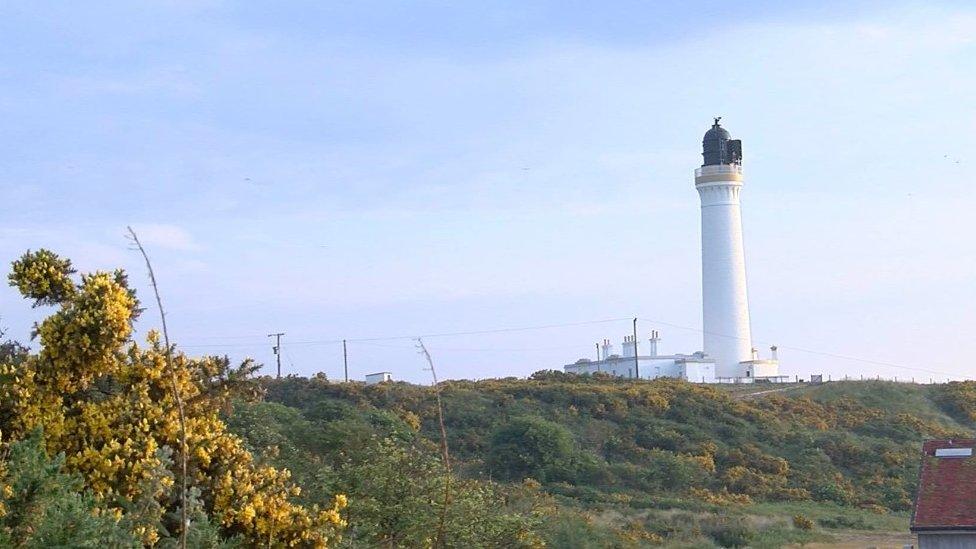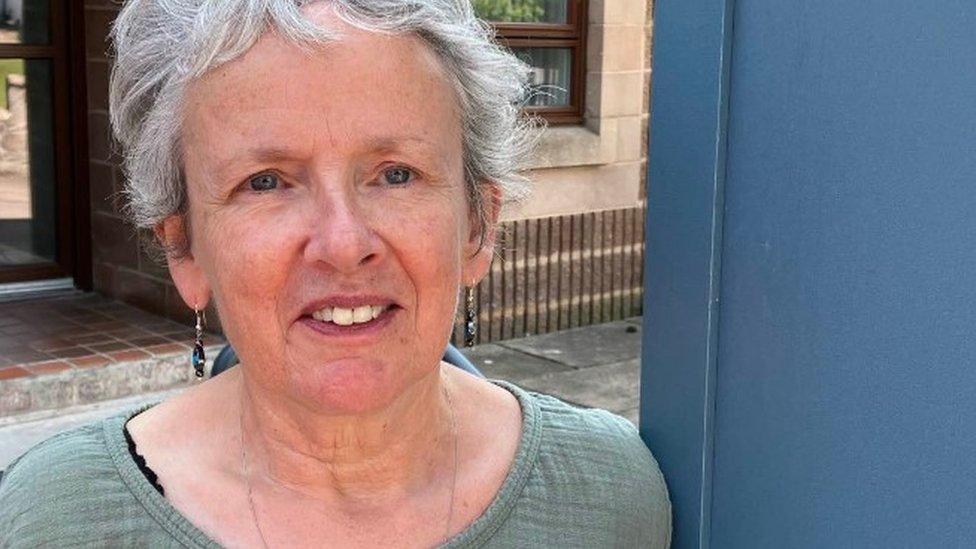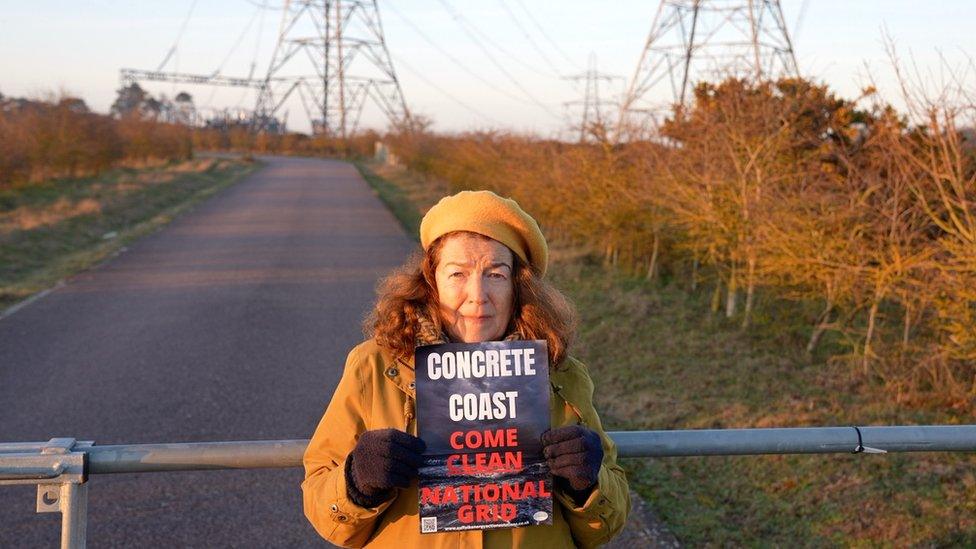Pylons: Is Scotland the blueprint for Suffolk's energy coast?
- Published

The Scottish Government's Community Benefits scheme encourages windfarm energy companies to pay towards projects that benefit nearby communites
There are still protests and legal challenges and ministers are still being lobbied by local MPs. In Suffolk, there is a strong determination to stop the plans for new substations, underground cabling and pylons to carry the energy from offshore windfarms.
But in the UK government there is a belief that some, if not all, of this work will have to go ahead because of the need for more home-grown energy. And thoughts are now turning to how to placate communities who will be affected.
Energy Minister Andrew Bowie, on a recent visit to Suffolk, said: "It is really important that we listen to those communities that are going to be asked to host this infrastructure on the nation's behalf."
Two offshore wind farms were approved by the government last year - East Anglia One North (EA1N) and East Anglia Two (EA2).
To deliver the power they generate, the developer, ScottishPower, plans to bring cables onshore near Aldeburgh and some people in the area are furious.
Ministers are pointing to Scotland, where almost half of all UK wind energy is produced and where the Scottish government has introduced a scheme called Community Benefits.

Covesea Lighthouse in Lossiemouth received £40,000 of the energy money to develop a new tourism and heritage centre
Energy companies are encouraged to give £5,000 to local communities for every megawatt of new capacity built. Last year, £25m was paid out.
"We recognise that there are impacts during the construction phase and often ongoing work after that," said Morwen Smith from power company SSE - which denied claims the money was just a bribe "to stop people complaining".
"We want the communities to benefit from the wind farms we are developing and we would want to be part of that community. It's the responsible thing to do," she said.
In Lossiemouth, Community Benefits helped build a new bridge, while the nearby lighthouse was developed into a new tourism and heritage centre.

Joan Bishop helped set up a community hub for Dornoch, using £270,000 of the windfarm money
And further up the coast in Dornoch, £270,000 of windfarm money has been used to convert a former police station into a community hub with a gym, office space and low-cost accommodation for visiting workers.
"Citizens Advice come here once a week, children from the local academy use our kitchen, we have a food bank and a lunch club," said Joan Bishop, who set up the hub.
"The money has made a huge difference - we were at a huge disadvantage when it came to community facilities."

But SNP councillor Graham Leadbitter described the energy companies' money as "small beer" compared to their profits
The port of Buckie on the Moray Firth is now used as a base for vessels supplying the windfarms.
SNP councillor Graham Leadbitter, from the Moray Economic Partnership, said the energy companies' money has made a difference to the area.
"But it's small beer in terms of the overall value of the project they are building and the profit that they will take out of that," he added.

Conservative councillor David Gordon wants to know why customers are yet to see lower electricity bills
And with plans for more pylons and substations in the area, Conservative councillor David Gordon said: "We can probably power the whole of the Scotland with the energy we're generating, but we're not seeing the benefits in terms of lower electricity bills."
SSE said offshore wind is very expensive to develop and if it were to increase the benefits it could push up energy bills.
The Westminster government has just completed a consultation into how Community Benefits could work. It will announce its plans later in the year.
Community Benefits appear to have worked in Scotland - but if the scheme is copied or upgraded in England will it be enough to win over communities in Suffolk and elsewhere along the so called "energy coast"?
Politics East will have a special debate on developing the Energy Coastline on Sunday at 10:00 BST on BBC One.

Follow East of England news on Facebook, external, Instagram, external and Twitter, external. Got a story? Email eastofenglandnews@bbc.co.uk, external or WhatsApp us on 0800 169 1830
- Published6 March 2023

- Published6 March 2023

- Published10 May 2022

- Published1 April 2022

- Published28 February 2022
